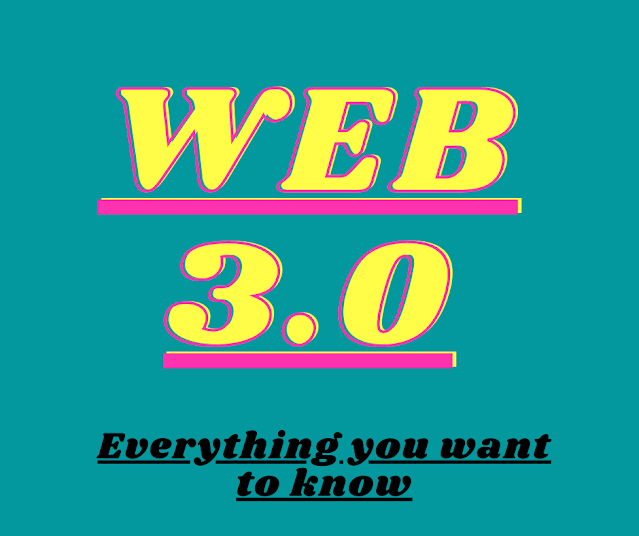What is Web 3.0?
Web 3.0, also known as the "Semantic Web," is a term coined by Tim Berners-Lee, the inventor of the World Wide Web, to describe the next evolution of the internet. In this vision, the internet would be a more intelligent, interconnected, and collaborative place, where machines and humans could work together to create and share knowledge.
One of the key ideas behind Web 3.0 is the idea of the "Semantic Web," a web of interconnected data that is machine-readable and can be understood by computers. This is in contrast to the current "Human Web," which is designed primarily for human consumption and is difficult for computers to interpret.
The Semantic Web would allow computers to understand and interpret the meaning of the data on the internet, rather than just the raw data itself. This would enable them to perform tasks such as data analysis, language translation, and even decision-making.
To achieve this vision, the Semantic Web relies on several key technologies, including:
Ontologies: These are formal representations of knowledge that define the relationships between different concepts and terms. Ontologies allow computers to understand the meaning of words and concepts in a particular domain, such as healthcare or finance.
Linked Data: This refers to the idea of linking data across the web using common identifiers, such as URLs. Linked data allows computers to understand the relationships between different pieces of data and to use that information to make connections and draw conclusions.
Natural Language Processing (NLP): This is a field of computer science that focuses on enabling computers to understand and interpret human language. In the context of the Semantic Web, NLP would allow computers to understand and interpret the meaning of words and phrases in the text, making it easier for them to understand and analyze web content.
One of the main benefits of the Semantic Web is that it would allow machines and humans to work together more effectively. For example, a doctor could use a Semantic Web-powered medical database to diagnose a patient, while a researcher could use it to analyze scientific data and draw conclusions. In addition, the Semantic Web could enable the creation of "smart" applications that are able to understand and respond to the needs of their users, rather than just following pre-programmed instructions.
Another potential benefit of the Semantic Web is that it could help to improve the efficiency of the internet by reducing the amount of redundant or low-quality information that is available online. By allowing computers to understand and interpret the meaning of data, the Semantic Web could help to filter out irrelevant or misleading information, making it easier for users to find the information they need.
However, there are also some potential drawbacks to the Semantic Web. One concern is that it could lead to a loss of privacy, as more data is shared and interconnected online. There are also concerns about the potential for bias in the data that is used to build the Semantic Web, as the data may not accurately represent the diversity of the real world.
Despite these concerns, the idea of the Semantic Web has gained significant traction in recent years, and many experts believe that it has the potential to revolutionize the way we use the internet. While it is still in the early stages of development, the Semantic Web has the potential to bring about significant changes in fields such as healthcare, finance, and education, and to transform the way we think about the internet as a whole.





.png)

0 Comments